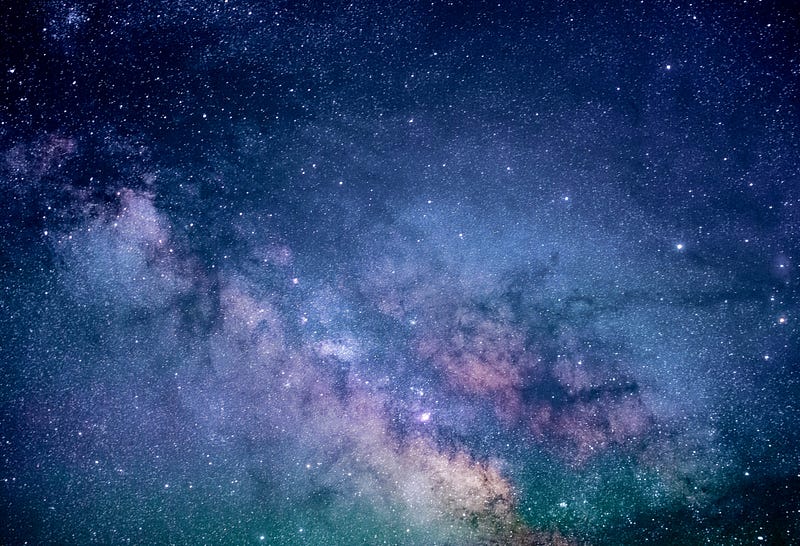I Am Hydrogen, This Is My Story
My history goes back billions of years.

British spelling
This is what I am.
I am the chemical element hydrogen, with the symbol (H) and atomic number 1.
Atomic number 1 simply means that I have only one proton in my nucleus (my centre); therefore, I am the lightest of all the different types of atoms in the universe. There is only one electron that travels around my nucleus.
All other types of atoms contain various numbers of protons, neutrons, and electrons.
My place on the periodic table is lonely, as I am not a part of any groups.
A chemical element consists of the same type of atom. Atoms can also bond together and form molecules. A molecule is a group of two or more atoms held together by attractive forces known as chemical bonds.
Water (chemical formula: H2O) consists of two hydrogen atoms and one oxygen atom. Most of the Earth’s hydrogen is in the form of chemical compounds such as water and hydrocarbons.
So, where did I originate from?
It is estimated that the universe burst into existence 13.8 billion years ago. The first moments of the Big Bang were extremely hot and dense, but as it cooled, the conditions became right for the rise of quarks and electrons.
A few millionths of a second later, quarks aggregated to produce protons and electrons. Now part of me existed, namely a proton.
I had to wait 380,000 years till the universe cooled sufficiently for electrons to be trapped in orbits around nuclei. Now, for the first time, I was complete; I was a true hydrogen atom.

Look at the image above. Yes, it is full of stars, but there was a time in the early history of the universe when no stars or any other celestial bodies existed.
Approximately 98% of the mass in the universe is made up of hydrogen and helium; that is 73% hydrogen and 25% helium, and everything else represents only 2%.
There are 118 known elements in that gargantuan area we call the universe. 94 elements occur naturally on Earth, but why do they exist?
For more elements to exist, they needed stars. There are countless numbers of them now, but where did the stars originate from?
About 100 million years after the Big Bang, vast amounts of hydrogen and helium formed molecular clouds. Inside these extremely cold places, gas started to clump together, and over time, gravity took over, pulling more mass into a particular area. It was the beginning of a protostar, an early stage in the development of a star.
As time went by, the mass of these protostars grew larger and hotter. When a critical temperature of 15 million degrees Celsius is reached, nuclear fusion takes place in their centres; this is when stars are born.
Now the universe could evolve into a far more complex place.
There were no planets orbiting the first stars, as there was nothing to construct them.
Main sequence stars are fueled by the nuclear fusion of hydrogen to helium. That fusion happens deep in a star’s interior. That is just the first stage of element production.
Some larger stars will produce heavier elements all the way up the periodic table to iron.
When massive stars come to the end of their lives, it won’t be peaceful; they can blow themselves apart in a massive explosion called a supernova. The extreme conditions at the time of a supernova can produce heavier elements like silver and gold, to mention two.
Now you can see why hydrogen is so important, as it kicked off the production of the heavier elements that make up all the objects in the universe and all life on our planet.
I said, “Life on our planet.” It would be unrealistic to think we are alone in the universe, but we just don’t know; maybe we never will.

Our local star, the sun, is also a main sequence star; it fuses 500 million tons of hydrogen into helium every second, and the energy released is the reason we see its light and feel its warmth here on Earth.
Around 99% of the atoms in a human body come from six elements, so it will be no surprise to learn that almost 63% are hydrogen. Oxygen comes in second with almost 24%.
I hope you found my short article interesting and educational.
The end
The evolutionary path for life has been extremely long, but we have finally arrived.
Our highly developed brain has given us intelligence and curiosity; now we can try and make sense of our existence.
